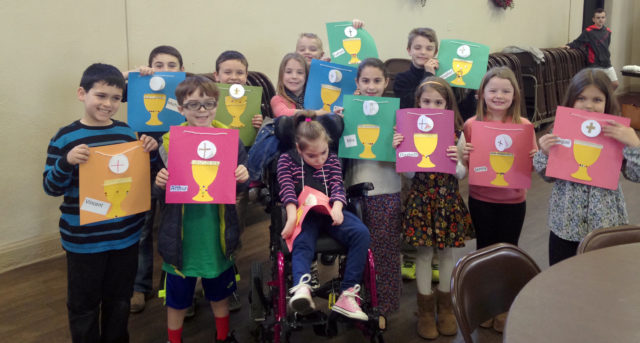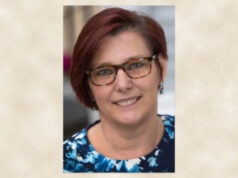
July 26, 2020, marks the 30th year anniversary of the Americans with Disabilities Act of 1990. A milestone in societal development, the ADA provided the basis of secular guidelines, incentives and mandates for making the worlds of work, life and education accessible for persons with disabilities of all types.

With its signing into law by President George H. W. Bush, more individuals could move, literally and figuratively, from the sidelines to become ever more contributive members of society. And as medical and technological advances have made for enhanced capabilities, the contributions of persons with disabilities have only increased since then.
Even before the ADA was signed into law by President Bush, however, the U.S. Catholic Church had begun to articulate approaches to the pastoral aspect of accessibility and opportunity for persons with disabilities within the family of faith.
In 1978, the “Pastoral Statement of U.S. Catholic Bishops on Persons with Disabilities” was issued, which describes the commitment to ministry to persons with disabilities “as a special focus for the National Conference of Catholic Bishops and the United States Catholic Conference,” the two organizations that combined to become today’s U.S. Conference of Catholic Bishops.
The document presents the scriptural basis for disability ministry (it is what Jesus did) and describes work with persons with disabilities as necessary at all levels of church life — from individual efforts to parish communities and leadership.
David Byers worked with others to write the statement.
“The statement came out in November 1978, with no opposition,” said Byers in an interview with me. “It was read into the Congressional record, and the National Catholic Partnership on Disability was a direct and practical outgrowth.”
The establishment of NCPD provided visibility to the USCCB’s call for more practical and robust initiatives with persons with disabilities, including ways to broaden accessibility to the sacraments and physical considerations with regard to building design. The 1990 passage of the ADA spurred development of education, workplace and other tools and technology that Catholic parents, religious educators and physical building designers began to bring to parish communities.
In 1988, the USCCB issued a resolution reaffirming the 1978 statement and in 1995, published “Guidelines for the Celebration of the Sacraments with Persons with Disabilities.” The guidelines address all sacraments, including Eucharist, confirmation, holy orders and matrimony, and was revised in 2017, shifting emphasis slightly from ministering “to” persons with disabilities to ministering “with” them.
In recent years, more religious educators, theologians, pastoral ministers and, most especially, persons with disabilities have increasingly worked to broaden participation of all people in the life of the church. NCPD remains a central hub for resources and to connect with others working in the same vineyard.
Executive director Charleen Katra told me, “NCPD is the only Catholic organization whose sole mission is to advocate for people with all kinds of disabilities in the church.”
With the coronavirus pandemic, many persons with disabilities are unable to attend any parish activities, even with health safety measures in place. Some of these faithful will be absent for a while, but others will not be able to return at all.
This will make it more difficult for faith communities to reach everyone and evangelize, too. But it is not an impossible task, nor is it outside the purview of parish mission.
In subsequent columns, I hope to offer suggestions for ways to bring those who are absent from the pews into more full participation in parish life. Meantime, as the 1978 statement reminds us, ministry with persons with disability is what Jesus did. Following his example as we find ways to encourage and grow in faith, we cannot go wrong.







